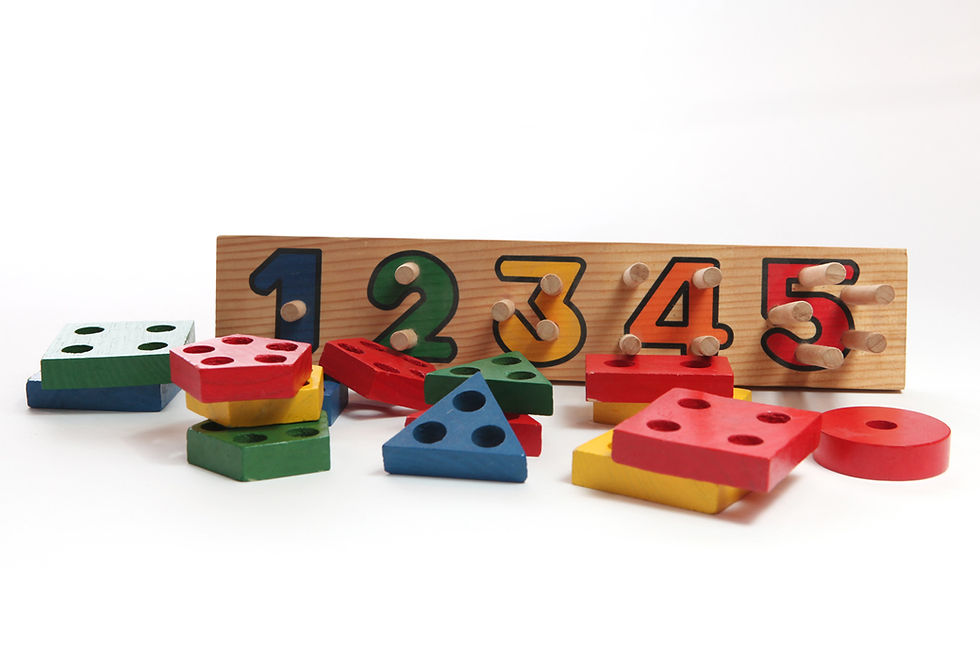Unveiling the Cosmic Blueprint and the Secret Life of Digits
- Archanna bhadoria
- May 22
- 2 min read
In the mystical world of numbers, few texts resonate as deeply with the esoteric spirit as The Kabala of Numbers by Sepharial. Written by Walter Gorn Old under his well-known pseudonym, this work is a bridge between ancient wisdom and the modern metaphysical revival of the early 20th century.
But make no mistake — this isn’t your average numerology handbook. Sepharial’s work dives headfirst into the occult foundations of number philosophy, inviting readers to peer beyond superficial arithmetic into a universe governed by vibration, symbolism, and divine order.
Numbers Are More Than Quantities
Sepharial approaches numbers not as tools of accounting but as archetypes of universal principles. Each digit is a container of vibrational meaning — a cosmic frequency that interacts with the individual and the collective psyche.
He aligns numbers with planetary forces, color vibrations, geometrical forms, and even sound, echoing the Pythagorean idea that "all is number."
Every number is a spiritual signature of a universal truth
and from this lens, numbers become keys to understanding fate, identity, and the cycles of time.
Where many numerology systems focus on personality profiling, Sepharial’s approach is broader and more metaphysical. He explores how numbers underlie not just people’s lives but world events, epochs, and the construction of reality itself. The number 1, for instance, isn't just individuality or ego — it represents the First Cause, the Monad, the original creative spark.
1 (Monad) – Divine origin, selfhood, willpower. Ruled by the Sun.
2 (Dyad) – Duality, reflection, receptivity. Lunar in nature.
3 – Creativity, manifestation, the child of 1 and 2.
7 – Spiritual wisdom, sacred cycles (like days of the week, musical notes).
9 – Completion, attainment, the “spiritual summit.”
Each number is layered with symbolism derived from planetary correspondences, Hermetic philosophy, and astrological significance.
Life unfolds in Rhythmic Spirals
One of the more advanced themes in The Kabala of Numbers is the concept of cycles. Sepharial believed that time flows not linearly but cyclically — in spirals of recurring influence. He encouraged readers to study patterns in personal dates, historical timelines, and celestial events.
This concept echoes both the Vedic yugas and modern fractal theory: that patterns repeat on different scales, and understanding your personal “numerological rhythm” can help you anticipate major life shifts.
For example:
Personal Year Numbers can reveal the themes and energies you’ll encounter annually.
Birth numbers interact with current date energies to produce “ripples” — which he linked to fate or karma in action.
Another fascinating dimension of Sepharial’s work is his integration of numerology with other esoteric systems. He draws connections between:
Numerology and Astrology – Numbers correspond to planets; thus, your birth number might carry astrological resonance.
Numerology and the Tarot – While not directly explored in this book, later esotericists have linked his insights to the Major Arcana (e.g., 7 = The Chariot, 9 = The Hermit).
Numerology and the Kabbalah Tree of Life – Sepharial doesn't use the Sephiroth in the traditional sense, but his mapping of numeric attributes resonates with paths and spheres of the Tree.
This multidimensional approach offers readers a holistic metaphysical framework.
✨ Numbers are Living Symbols
Every digit hums with spiritual intent.
As the stars are the letters of Heaven, so are numbers the syllables of divine speech.



Comments